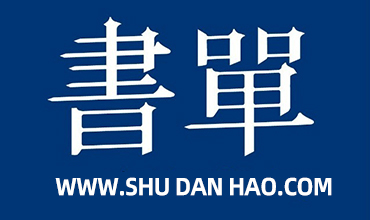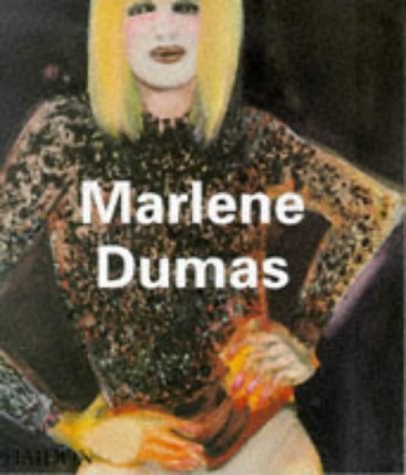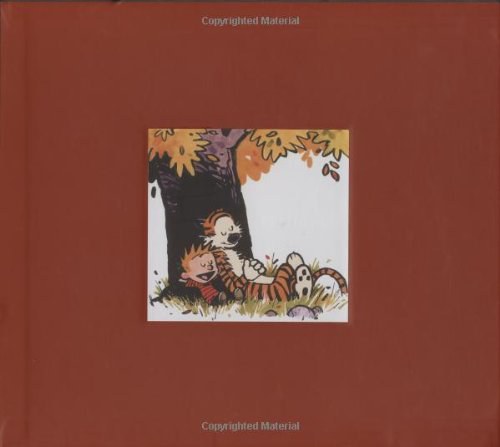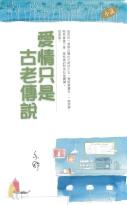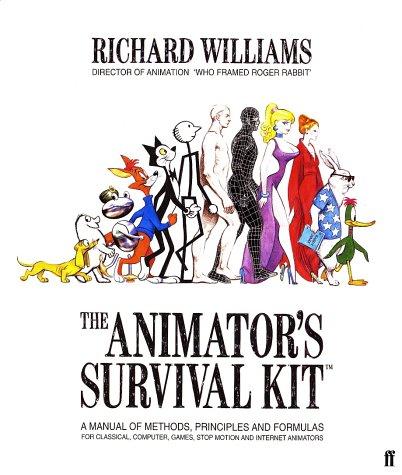
Leander Kahney《Inside Steve's Brain》
书刊介绍
内容简介
Steve Jobs has turned his personality traits into a business philosophy. Here’s how he does it.
It’s hard to believe that one man revolutionized computers in the 1970s and ’80s (with the Apple II and the Mac), animated movies in the 1990s (with Pixar), and digital music in the 2000s (with the iPod and iTunes). No wonder some people worship him like a god. On the other hand, stories of his epic tantrums and general bad behavior are legendary.
Inside Steve’s Brain cuts through the cult of personality that surrounds Jobs to unearth the secrets to his unbelievable results. It reveals the real Steve Jobs—not his heart or his famous temper, but his mind. So what’s really inside Steve’s brain? According to Leander Kahney, who has covered Jobs since the early 1990s, it’s a fascinating bundle of contradictions.
Jobs is an elitist who thinks most people are bozos—but he makes gadgets so easy to use, a bozo can master them.
He’s a mercurial obsessive with a filthy temper—but he forges deep partnerships with creative geniuses like Steve Wozniak, Jonathan Ive, and John Lasseter.
He’s a Buddhist and anti-materialist—but he produces mass-market products in Asian factories, and he promotes them with absolute mastery of the crassest medium, advertising.
In short, Jobs has embraced the traits that some consider flaws—narcissism, perfectionism, the desire for total control—to lead Apple and Pixar to triumph against steep odds. And in the process, he has become a self-made billionaire.
In Inside Steve’s Brain , Kahney distills the principles that guide Jobs as he launches killer products, attracts fanatically loyal customers, and manages some of the world’s most powerful brands.
The result is this unique book about Steve Jobs that is part biography and part leadership guide, and impossible to put down. It gives you a peek inside Steve’s brain, and might even teach you something about how to build your own culture of innovation.
相关推荐
-

万国衣冠拜冕旒:唐代卷
《万国衣冠拜冕旒:唐代卷》内容简介:《万国衣冠拜冕旒:唐代卷》全书通过对我大唐帝国时期大量文明遗产(包括各类工艺品、美术作
-

妙笔生花Photoshop CS4完全精通-(附赠光盘)
妙笔生花Photoshop CS4完全精通-(附赠光盘) 本书特色 本书采用“基本操作知识+实践应用案例”的教学方式,以通俗易懂的语言、精挑细选的实用技巧以及翔...
-

公司并购重组与整合
《公司并购重组与整合》内容简介:并购作为公司金融的终极体现形式,是公司最重要的战略交易。并购重组能够从根本上改变一个公司,
-

骇客
骇客 内容简介 本书介绍了游戏设计、动画设计的基本知识、要素等,并展示了一些设计作品,供读者参考。骇客 目录 CYBER CONNECT公司主页欢迎来到CYBE...
-
![[美] Darryl Gove《多核应用编程实战》](http://oss.shudanhao.com/caiji/chazidian/2023/3452.jpg)
[美] Darryl Gove《多核应用编程实战》
《多核应用编程实战》是一本全面实用的多核应用编程指南,旨在介绍如何编写功能正确、性能优越且适合扩展为在多个CPU核心的系统运
-

梁小民的极简经济课
《梁小民的极简经济课》内容简介:·世界公认经济学入门教材《经济学原理》(曼昆版)译者、知名经济学家、“经济学界流行歌手”梁
-

PyTorch深度学习实战
《PyTorch深度学习实战》内容简介:本书帮助读者快速深入深度学习。在过去的几年里,我们看到深度学习成了新的动力。它从学术界一路
-

杭间《设计道》
杭间,1961年生于浙江义乌,文学博士,清华大学美术学院副院长,教授,博士生导师。毕业于中央工艺美术学院艺术史论系,1996年至2
-

韩布伟《泛娱乐战略:开启互联网+时代》
“泛娱乐战略”是指打造“围绕明星IP、开发多种文化创意产品体验”的创新业态。“泛娱乐战略”最早被腾讯公司确定为公司级战略。
-

移动互联网时代文化产业商业模式
《移动互联网时代文化产业商业模式》内容简介:这是一本面向大众,将国家社科基金重大项目"我国文化产业发展战略研究”之子课题"中
-

文化的江山03:中国风雅颂
《文化的江山03:中国风雅颂》内容简介:公元前1000—前500年,文化中国的《诗经》时代,自由的时代咏唱出自由的诗歌。“中国”这个
-

带你步入编程世界:Scratch 2.0零基础入门
《带你步入编程世界:Scratch 2.0零基础入门》内容简介:本书详细地讲解了Scratch 2.0的各个功能模块。全书共包括14章内容,第1章是
-

成国祥|姚康德《智能材料》
智能材料是一种能感知外部刺激,能够判断并适当处理且本身可执行的新型功能材料。智能材料与智能结构有着巨大的潜在的应用前景,
-

青春红楼:红楼梦整本书阅读
《青春红楼:红楼梦整本书阅读》内容简介:在《红楼梦》被纳入高考必读书目,以及“整本书阅读”被不断强调的当下,本书作者作为一
-

Scala编程(第3版)
《Scala编程(第3版)》内容简介:本书由直接参与Scala开发的一线人员编写,因而对原理的解读和应用的把握更加值得信赖。本书面向具
-

邓乃扬|田英杰《数据挖掘中的新方法:支持向量机》
支持向量机是数据挖掘中的一个新方法。支持向量机能非常成功地处理回归问题(时间序列分析)和模式识别(分类问题、判别分析)等诸多
-

John Ridley|Ridley|Richard Pearce《Safety with Machinery》
"SafetywithMachinery"hasbeenwrittenbyJohnRidleyandDickPearce,bothrecognizedspeci...
-

地理空间元数据关联网络构建与应用
地理空间元数据关联网络构建与应用 本书特色 在介绍相关研究背景与意义、国内外研究现状、相关理论方法的基础上,本书阐述面向关联数据的地理空间数据语义关联网络构建方...
-
![[美] Cay S·Horstmann《写给大忙人看的Java SE 8》](http://oss.shudanhao.com/caiji/chazidian/2023/4014.jpg)
[美] Cay S·Horstmann《写给大忙人看的Java SE 8》
《写给大忙人看的JavaSE8》向Java开发人员言简意赅地介绍了Java8的许多新特性(以及Java7中许多未被关注的特性),《写给大忙人看
-

Aarron Walter《Designing for Emotion》
AarronWalteristheleaduserexperiencedesignerforMailChimp,wherehesocializeswithpri...

